The Encyclopedia of the Industrial Revolution in World History
The Encyclopedia of the Industrial Revolution in World History
Kenneth E. Hendrickson III
General Editor
Justin Corfield
Steven L. Danver
Associate Editors
Glenn M. Sanford
Technical Editor
ROWMAN & LITTLEFIELD
Lanham Boulder New York London
Published by Rowman & Littlefield
A wholly owned subsidiary of The Rowman & Littlefield Publishing Group, Inc.
4501 Forbes Boulevard, Suite 200, Lanham, Maryland 20706
www.rowman.com
Unit A, Whitacre Mews, 2634 Stannary Street, London SE11 4AB, United Kingdom
Copyright 2015 by Kenneth E. Hendrickson III
All rights reserved . No part of this book may be reproduced in any form or by any electronic or mechanical means, including information storage and retrieval systems, without written permission from the publisher, except by a reviewer who may quote passages in a review.
British Library Cataloguing in Publication Information Available
Library of Congress Cataloging-in-Publication Data
The encyclopedia of the industrial revolution in world history / edited by Kenneth E. Hendrickson III.
pages cm
Includes bibliographical references and index.
ISBN 978-0-8108-8887-6 (cloth : alk. paper) 1. Industrial revolutionEncyclopedias. I. Hendrickson, Kenneth E., editor of compilation.
HD2324.E546 2015
330.9'034dc23
2014005570
 The paper used in this publication meets the minimum requirements of American National Standard for Information SciencesPermanence of Paper for Printed Library Materials, ANSI/NISO Z39.48-1992.
The paper used in this publication meets the minimum requirements of American National Standard for Information SciencesPermanence of Paper for Printed Library Materials, ANSI/NISO Z39.48-1992.
Printed in the United States of America
Contents
It is difficult if not impossible to overestimate the importance of the Industrial Revolution. The changes that collectively go under that name have proved so profound and have produced results so anomalous with all the rest of previous human history that even more than two centuries into the period we have yet to understand its full impact. We therefore have created this encyclopedia both because of the more transient need for good reference works, but also because the topic itself is of such enduring and fundamental importance. We will begin by considering the Industrial Revolution in context of its Western origins, but we will expand our scope to consider all the affected regions of the world. Consider the momentous and radical transformations engendered during the Industrial Revolution.
Around the year 1750, the realities of daily existence in Europe and colonial America had much more in common with those in the era of the Roman Empire than with those of even 1900. In 1750, fire was the light of the world. People, cargos, and information moved no faster than ox, or horse, or wind could carry them. Desktop equipment consisted primarily of pen and ink. Those who labored did so with hand power or were assisted by animals or waterwheels. In 1750, there was no such thing as an internal combustion engine. Practical application of steam power would not materialize for several decades yet. There was no electricity. In 1750, people still drank from open wells. They delivered water to their homes usually in buckets. They used chamber pots and outhouses, and the runoff from their sewers openly spewed into rivers, lakes, and groundwater, contaminating their supplies. The vast majority of people worked daily for the very basics of life: food, clothing, and shelter. Even when they did achieve these goals, the results were modest. For most people, meat was a luxury item obtainable only intermittently. Clothing, too, was expensive, with most people owning a small selection of daily wear and perhaps one fancy costume for religious events, civic holidays, and family ceremonies. For most people, home was a tiny house or cottage or, as the age wore on, an equally tiny dwelling in a city. This world of labor, daily sustenance, simplicity, and plain hard living would have appeared familiar to Europeans from ages past. Not much had changed in many centuries.
In contrast, consider the effects of industrialization over the nineteenth century. By 1900, around Western Europe and parts of North America, electricity supplied power and light to innumerable businesses and dwellings across ever-growing cities. Those cities maintained complicated infrastructures of lighting, transport, roadways, telephone lines, and power grids. Between the cities ran multiple lines of railways for steam-powered locomotives moving thousands of people and many thousands of tons of freight every day. Someone in any such city could pause to read newspaper headlines obtained by telegraph from all parts of the world. Stories from just across the Atlantic might be merely a day or so old. Stories from the remotest parts of the earth could appear in Western urban newspapers in a week or less. In 1900, more people routinely ate meat. More people kept a personal collection of clothing, allowing them multiple garments for daily life and work. More people could read. Increasingly, more people found themselves with the time and the money beyond that needed for daily necessities. With this money, they sought to entertain themselves with new attractions and old: motion picture machines, motorized amusement parks, professional sports events, vaudeville shows, parks, and even bicycle riding. The difference from 1750 was stark and obvious to all. Preindustrial Europe was a place of gritty, unremitting manual labor, scarcity, poverty, primitive technology, and hardship. Europe and the United States in 1900 boasted comparatively increased personal incomes, increased material support, increased caloric consumption, increased education, even the first governmental social services and social insurance.
At the same time, the industrialization of the West came with tremendous costs. When we say that industrialization changed European and American communities very rapidly, we are speaking in historical time. To individuals who have only one fragile life to live, historical time is but an abstraction that might provide little or no comfort at all. Organizing new modes of production, creating new markets of labor, and assessing the impact of all this on real communities took decades and longer. In the meanwhile, market- and technology-driven changes to daily life could be shocking. The introduction of new production technology could and did wipe out traditional fields of employment without providing satisfying alternatives. The case of the textile handloom weavers of England is the classic example of a once respectable craft driven to extinction by the advent of steam-powered looms. However, from the latter nineteenth century through today, such dilution of crafts and work displacement has afflicted communities across the globe, particularly in parts of Latin America and Asia. Beginning in Western societies but spreading to other global regions as well, rapid accumulation of urban neighborhoods clustering around the new factory employment centers overwhelmed any rational plans for city growth. People arrived in new areas to find cheaply constructed housing, poor to nonexistent water facilities, and poor transportation and other public services. City officials and upper-class citizens often simply looked away rather than face the trouble and expense of constructing more viable neighborhoods. Life in the new industrial slums became grubby, brutish, and short. It would be no comfort to a Manchester slum dweller of 1855 to assure her that by 1925 her city would be cleaner, brighter, and easier to live in. She would have no hope of ever seeing that day. In other industrial-urban centers of the world, that day has not yet come at all.
Secondly, industrialization occurred across very uneven distribution, both geographically and metaphorically across class lines and social groups. Geographically, the benefits of the new industrial economies focused on the cities and the immediate surrounding areas. Rural communities in both Europe and the United States still wrestled with the basic problems of communications, road construction, electrification, education, water, and citizen empowerment. While we can safely use 1900 or so as a benchmark for urban transformation, it is also true that as late as the 1930s and 1940s, the nations of the West still dedicated government money to complete such fundamentals as the telephone and power grids to rural areas. Any assessment of the achievements of industrialization must consider this distribution gap.
Next page
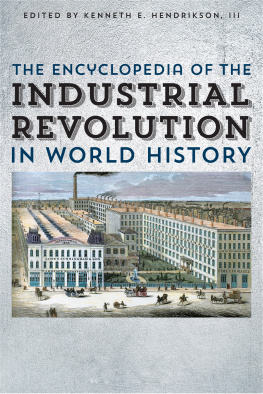



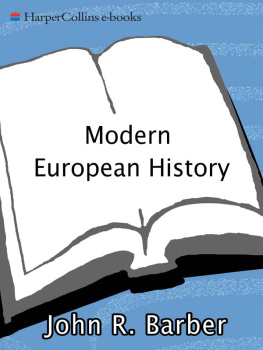
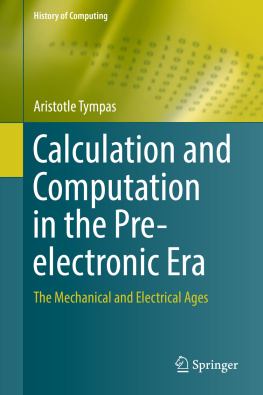
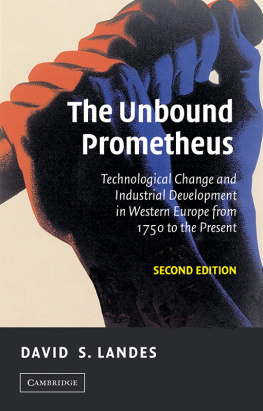
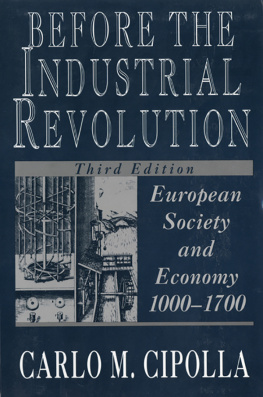
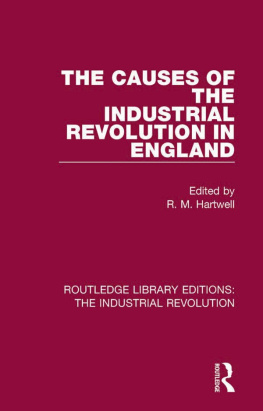
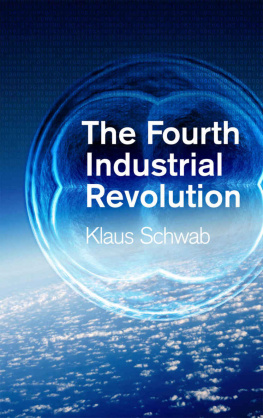
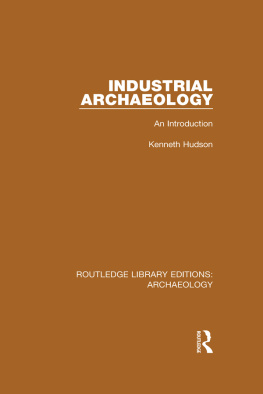
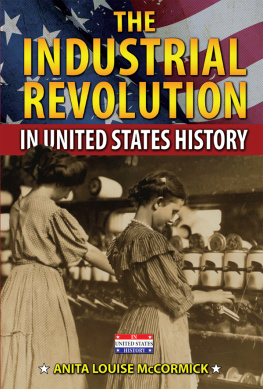
 The paper used in this publication meets the minimum requirements of American National Standard for Information SciencesPermanence of Paper for Printed Library Materials, ANSI/NISO Z39.48-1992.
The paper used in this publication meets the minimum requirements of American National Standard for Information SciencesPermanence of Paper for Printed Library Materials, ANSI/NISO Z39.48-1992.